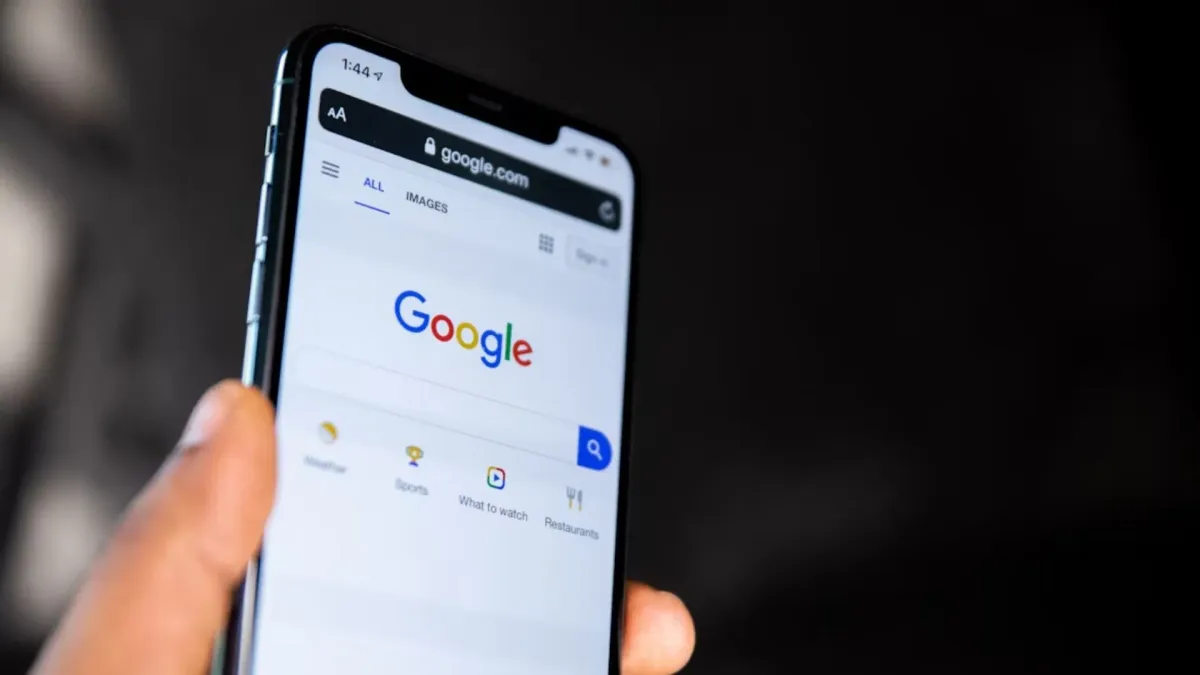Google has unveiled a service called Private AI Compute, which enables user devices to offload heavy AI tasks into a “secure, fortified space” in the cloud while maintaining that “only you” have access to the data.
Historically, Google has emphasised on-device processing for its AI features, translation, voice transcription, photo tools, to limit data leaving the device. But as AI models demand escalating compute and reasoning, local hardware alone is no longer sufficient.
With Private AI Compute, devices like upcoming Pixel 10 are said to tap into the cloud infrastructure for capabilities such as richer contextual suggestions via Magic Cue and expanded transcription language support. Google frames this as a foundational step for personal AI at scale.
Privacy And Competitive Posture
Google positions Private AI Compute as competing with Apple’s “Private Cloud Compute” strategy, drawing clear parallels in name and function.
At the same time Google emphasises that even though compute moves off-device, the user’s data remains inaccessible to Google itself: “Sensitive data is available only to you and no one else, not even Google.”
The launch of this cloud-device hybrid marks a strategic pivot: Google is balancing the need for massive compute with stringent privacy expectations. The architecture signals that advanced AI will operate neither purely on-device nor exclusively in generic cloud but through a hybrid model engineered for personal AI.
Implications For The Personal-AI Ecosystem
Private AI Compute could become a new architectural template for how major tech firms deliver powerful AI features in phones, tablets, and other connected devices without sacrificing privacy.
For Google this means reinforcing its ecosystem advantages: devices that benefit from advanced cloud-backed AI while keeping data control in the user’s hands. This strengthens differentiation in a market where privacy and capability are both competitive levers.
For broader AI infrastructure the move emphasises that compute scaling and privacy can coexist. It implies that the next frontier of personal AI will rely on secure cloud-device partnerships rather than purely local models or completely server-based services.
However success will depend on rollout, latency, cost models, and how effectively Google convinces users that their data is in fact protected at scale.
In sum, Google’s launch of Private AI Compute marks the opening of a new chapter in personal AI architecture. As advanced models push beyond what on-device hardware can sustain, this hybrid model may become the blueprint for delivering large-model power to everyday devices.
The coming months will test how Google executes, and whether users and regulators accept the promises of cloud-backed yet privacy-preserving intelligence.






